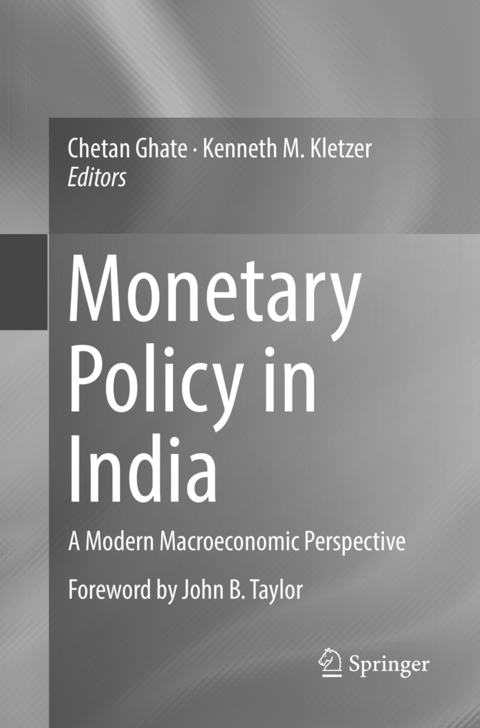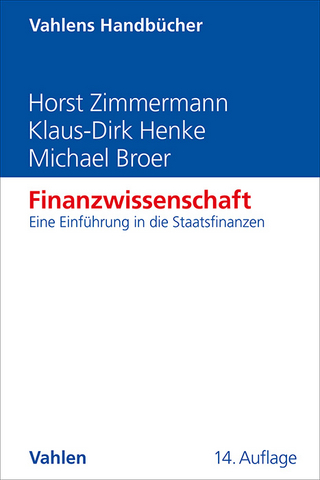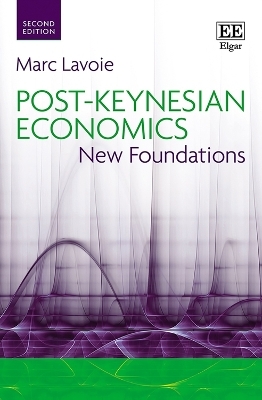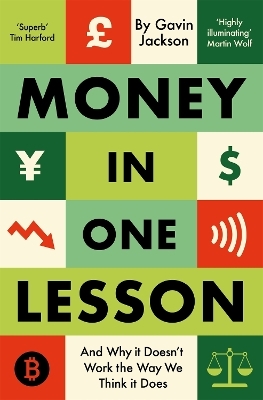
Monetary Policy in India
Springer, India, Private Ltd (Verlag)
978-81-322-3854-6 (ISBN)
Chetan Ghate is Professor at the Economics and Planning Unit, Indian Statistical Institute, Delhi. His primary areas of research are economic growth and development, monetary and fiscal policy in EMEs, and the Indian macroeconomy. He is a winner of the 2014 Mahalanobis Memorial Gold Medal awarded by the Indian Econometric Society (TIES). He was a member of the Technical Advisory Committee on Monetary Policy at the Reserve Bank of India from February 2013 to September 2016. He was also a member of the expert committee to revise and strengthen the monetary policy framework set up by the Reserve Bank of India in September 2013. He is currently a member of the monetary policy committee at the Reserve Bank of India. Kenneth Kletzer is Professor of Economics at the University of California, Santa Cruz. His primary areas of research are international economics and macroeconomics, and many of his publications concern financial frictions in open economies, sovereign debt, and macroeconomic policy coordination. Kletzer has written on capital account liberalization and monetary policy for India, and is a member of the research panel for the India Policy Forum of the National Council for Applied Economics Research and Brookings Institution.
Chapter 1. Introduction.- Chapter 2. Challenges of Effective Monetary Policy in Emerging Economies.- Chapter 3. Monetary Transmission in Developing Countries: Evidence from India.- Chapter 4. Financial intermediation and monetary policy transmission in EMEs: What has changed post-2008 crisis?.- Chapter 5. Monetary Policy Transmission in the Presence of Goods and Labor Market Frictions: The Case of India.- Chapter 6. Financial Markets and Investment Finance in India.- Chapter 7. State intervention in banking: the relative health of Indian public sector and private sector banks.- Chapter 8. The Term Structure of Interest Rates in India .- Chapter 9. Liquidity Management and Monetary Policy in India: From Corridor Play to Marksmanship.- Chapter 10. Capital Flows and Capital Controls in India: Confronting the Challenges.- Chapter 11. Measuring Trend Inflation and Inflation Persistence for India.- Chapter 12. Exchange Rate Trends and Management in India.- Chapter 13. International Interdependence of the Indian Economy.- Chapter 14. What is Responsible for India's Sharp Disinflation ?.- Chapter 15. An Estimated DSGE Open Economic Model of the Indian Economy with Financial Frictions.- Chapter 16. Finance and Credit in a Model of Monetary Policy.- Chapter 17. Effect of Quantitative Easing on the Indian Economy: A Dynamic Stochastic General Equilibrium Perspective.- Chapter 18. The Past and Future of Inflation Targeting: Implications for Emerging-Market and Developing Economies.- Chapter 19. International Policy Coordination and Emerging Market Economies.
| Erscheinungsdatum | 20.08.2018 |
|---|---|
| Zusatzinfo | 184 Illustrations, black and white; XIII, 652 p. 184 illus. |
| Verlagsort | New Delhi |
| Sprache | englisch |
| Maße | 155 x 235 mm |
| Themenwelt | Wirtschaft ► Volkswirtschaftslehre ► Finanzwissenschaft |
| Wirtschaft ► Volkswirtschaftslehre ► Makroökonomie | |
| Wirtschaft ► Volkswirtschaftslehre ► Wirtschaftspolitik | |
| Schlagworte | Capital Account Management • Emerging Market Economies • Financial Market Frictions • Indian Monetary Policy • Monetary Transmission • Operating Framework |
| ISBN-10 | 81-322-3854-0 / 8132238540 |
| ISBN-13 | 978-81-322-3854-6 / 9788132238546 |
| Zustand | Neuware |
| Haben Sie eine Frage zum Produkt? |
aus dem Bereich


